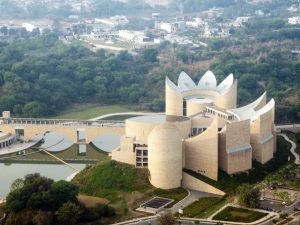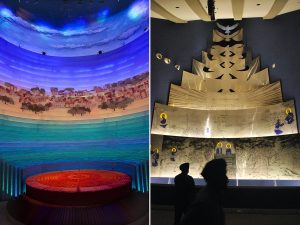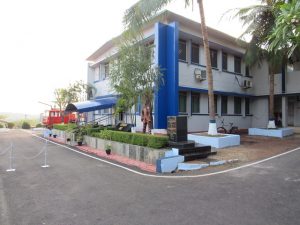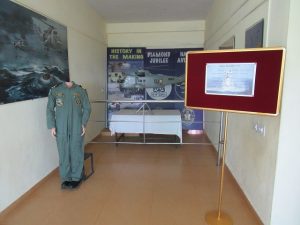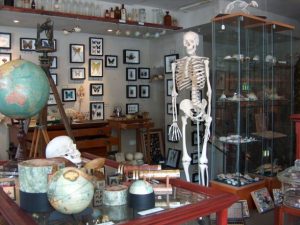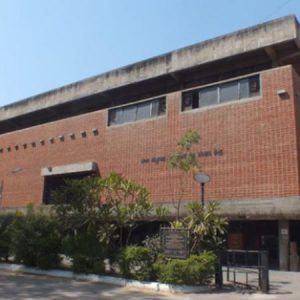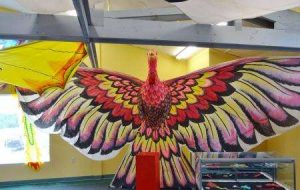Today is International Museums Day
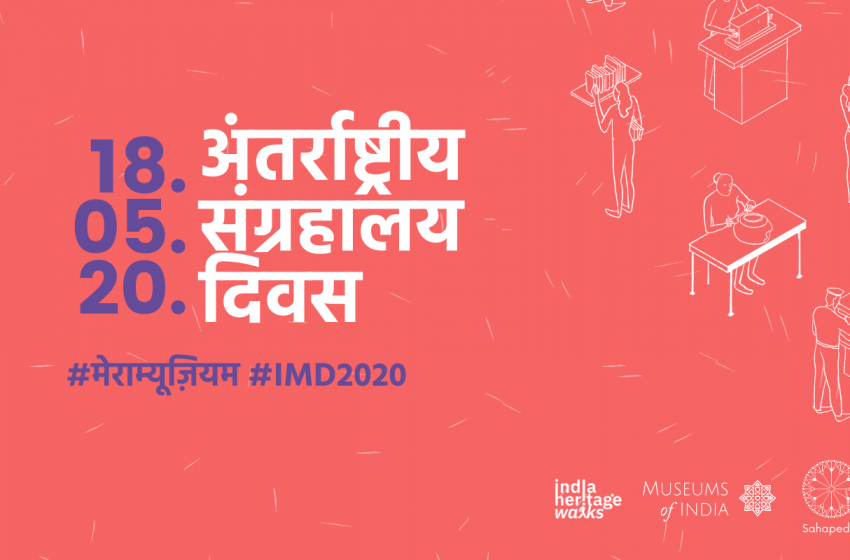
Team L&M
To promote the role of museums globally, all the museums across the globe are invited to participate in the International Museum Day every year. This year, the International Museum Day is being celebrated on May 18. The International Museum Day is celebrated each year with a different theme. The theme this year is Museums for Equality: Diversity and Inclusion.
It was in 1977 when the International Museum Day was first held. In 2009, almost 20,000 museums participated in the International Museum Day with events being held in more than 90 countries that year. The next year, 98 countries were a part of the International Museum Day celebration, while in 2011, 100 countries joined the celebrations. In 2011, the poster of the International Museum Day was translated into 37 languages. In 2012, 129 countries were a part of it, with almost 30,000 museums taking part in the celebration.
We take a look at a few unique museums in our country:
VIRASAT-E-KHALSA MUSEUM
Situated in the holy town of Anandpur Sahib near Chandigarh, the Virasat-e-Khalsa Museum celebrates 500 years of Sikh history and the 300th anniversary of Khalsa, the scriptures written by the 10th and last Guru, Gobind Singh, founder of the modern Sikh faith. Established in 1999, the museum is run by the Punjab government, the upwardly curving roofs of the museum’s tower-like galleries are covered in stainless steel, designed in counterpoint to the rich tradition of gold domes that crown sacred Sikh buildings such as the Golden Temple in Amritsar.
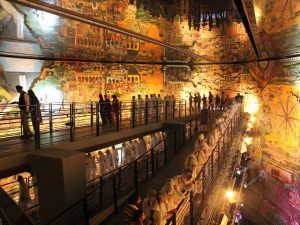
Spread over 75 acres, overlooking the town, the Centre is divided into two functionally integrated sets of buildings, which overlap either side of a ravine. These are connected by a bridge. The western complex, connected to the town of Anandpur Sahib, is organised around an entrance piazza and contains a 400-seat auditorium, a two-storied library and temporary exhibition galleries. A 540-ft bridge from the western complex crosses a seven-acre network of reflecting pools, providing access to the eastern complex, which houses permanent exhibition spaces. The eastern complex consists of two clusters of undulating galleries that evoke the fortress architecture of the region and form a dramatic skyline against the surrounding sand cliff terrain and Himalayan foothills in the distance.
NAVAL AVIATION MUSEUM
Situated in Bogmalo, 6 km from Vasco da Gama in Goa, the Naval Aviation Museum was thrown open to public in 1998. Initially, the museum had a collection of six aircraft of World War II vintage — Sealand, Alize, Dove, Vampire, Sea Hawk and Hughes Helicopter. Today, there are 15 types of aircraft and wide ranging exhibits including a scaled model of the aircraft carrier INS Viraat, complete with a ski-jump runway, and Sea Harrier jump jets on its deck. The museum also preserves the historic Super Constellation aircraft, which paved way for Indian Navy to take over Maritime Patrol duties from the Indian Air Force.
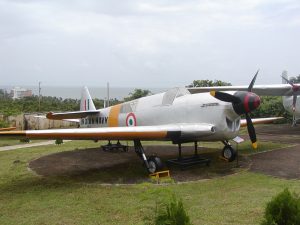
Also on display are Sea Harrier FRS.51 – IN 621, Westland Sea King Mk 42, Kamov Ka-25 +, Lockheed L1049G Super Constellation, Short Sealand Mk 2, Fairey Firefly TT Mk1Hughes Hu-300, HAL Chetak, HAL HT-2, de Havilland Vampire T-55, Breguet Alizé, and Hawker Sea Hawk FGA Mk 100. The indoor gallery has multiple sections, one of which houses the Indian Navy’s bombs, torpedoes, sensors, and cannons.
MAYONG BLACK MAGIC AND WITCHCRAFT MUSEUM
On the banks of River Brahmaputra and surrounded by hills on either sides is the village of Mayong in Assam. Known as the Land of Black Magic, the village is around 40 km from Guwahati. The history of this place and how black magic entered the region is not well-documented. According to rumours, men have disappeared into thin air, turned into animals and wild beasts have become tame. Relics of black magic are preserved in this museum. The museum was inaugurated on November 1, 2002 and is viewed as a time capsule of the past culture. It contains numerous mythological manuscripts and ancient texts of Black Magic and Ayurveda.
Other exhibits showcase stone statues, old coins, artificial jewellery – necklaces made of bones and sea shells and metallic rings. All of these artifacts were once used in rituals or used by those who would perform them. Amongst the many scriptures that have been excavated the museum displays: Palm leaves, terracotta and bronze items with archaeological prominence dating back at least a century as well as swords.
PALDI KITE MUSEUM
Situated at Sanskar Kendra in Paldi locality of Ahmedabad, the Paldi Kite Museum houses around 125 rare and uniquely designed kites showcasing the history of kite-making in Gujarat. The collection was donated by a kite lover Bhanubhai Shah who has been collecting kites since he was 21. As his collection expanded, it was later converted into a museum in 1986.
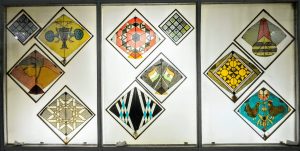
The contributions were given to the Ahmedabad Municipal Corporation which, in turn, donated a space for the museum. One of the kites measures 22 ft by 16 ft. The museum also has some beautiful miniature paintings featuring Krishna and Radha.


